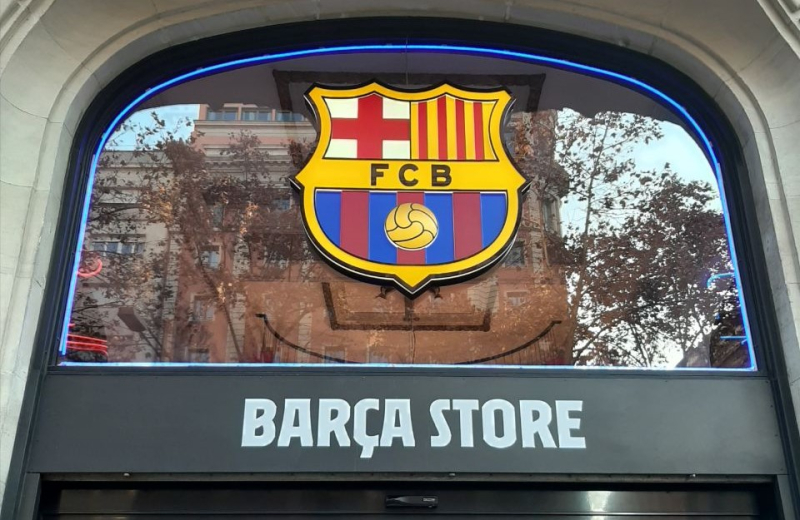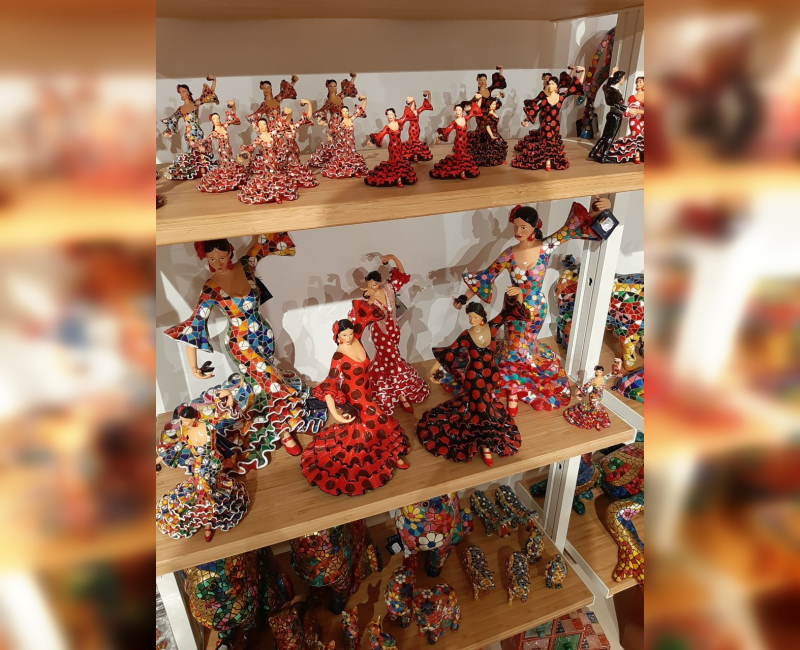Bachelor's student, Information Security Technologies
Discovering Barcelona: Part 3
In Parts 1 and 2, we learned how Mikael, a third-year ITMO student, set out on his exchange semester in Pompeu Fabra University (UPF), reaching it despite any challenges along the way. Mikael also offered his recommendations on short trips and tours of the city. In this final installment of the series, we discover his must-see places in Barcelona, as well as tips for future exchange students.

About Barcelona
It is a bright, lively, sunny, open, and modern city with unique architecture and rich history. All the time, you feel the atmosphere of celebration in the air, even if a holiday is a long time away. You can often meet the citizens of Barcelona, who stopped for a break in the middle of the working day at the city’s cafes and restaurants. In short, there is something for everyone in Barcelona.
In the list of sights recommended for seeing, I will not name the well-known places, such as the Sagrada Familia or Park Güell, but I will try to mention those that seemed less obvious to me:
- The Palace of Catalan Music is a palace with unique architecture and a stunning stained- glass ceiling. You can get there either with a guided tour, or buy a ticket, for example, to see an opera.

- The Sant Pau Hospital is a hospital for the poor that looks like a fairy tale palace. It was designed by a contemporary of the famous Antonio Gaudi, Lewis Domenech-i-Montaner.

- Mount Tibidabo and the Temple of the Sacred Heart are one of the highest points in Barcelona. The most daring can climb the dome of the temple and see all of Barcelona at a glance.
- The Gothic Quarter is a quarter with a great number of medieval sights. Here you will findarrow streets, high stone walls of cathedrals and the spirit of Europe of the 14th and 15th centuries.
- The House of Vicens is Antoni Gaudí's first big project, colorful and unusual. In general, there are many different "houses" (Casa) in Barcelona: Casa Battlo, Casa Mila, Casa Amatler… All of them are gems of Barcelona’s modernism.
- The Art Nouveau Museum is a small museum that tells the history of modernism. This is not only about architecture, but also about household items, furniture, stained-glass windows, paintings, and lifestyle.

- Mount Montjuic and the National Art Museum of Catalonia — the museum is interesting not only for its exhibits, which are represented by works of art from Gothic to postmodern, but also for the building itself — the National Palace of Barcelona.
- Ciutadella Park is a large open park, with artificial lakes, fountains and museums.
- Cathedral of Santa Maria del Mar — a Gothic cathedral with magnificent stained-glass windows.
- The Eixample district is an area where every house is different. The Catalan bourgeoisie began to build their houses in this area in the 19th century, which became the heyday of modernist architecture.
Small tips and life hacks
- Although Barcelona is a hospitable city, a great number of pickpockets are at large here. I remember how my phone was almost stolen on the subway. Therefore, in crowded places and in public transport, it is better to always be on your guard. It is worth buying a chest bag or purse and keeping all your valuables in it.

- Public transportation in Barcelona is very convenient. The metro covers almost the entire city, so you can get from point A to point B quite quickly. With the help of a foreign passport at any metro station, you can buy a T-jove ticket (if you are under 25 years old). For 40 euros, you will get unlimited trips in the first zone of the metro and public transportation for 3 months!
- For communication and internet access, I bought a SIM card from Vodafone, they have many offices throughout Barcelona. You need to buy the SIM card itself for 15 Euros, and then you will need to add a minimum of about 10 Euros per month, but this includes calls and 50 GB of internet. There is also the Orange provider, as well as various virtual SIM cards, but I did not use them.
- When you move in, many owners require an advance payment for several months, this is a fairly common thing. Therefore, when signing a contract, ask the owner to take a photo of his or her identity card, or at least to show it.

- When I was filling out the explanatory note, I got a little confused, so here are the rules for eliminating differences in academic transcripts between the courses you take abroad, and the ones mentioned in your program’s curriculum:
- "Pass upon arrival" - you will be given a certain period of time to pass a subject, confirmed by the dean of your faculty and the head of your educational program (check in advance). This will be counted as your first attempt at taking the exam, so upon successful passing, you will be eligible for a scholarship.
- You study remotely and hand in assignments on set time — you will need to pass everything during the exam time with the other students at ITMO.
